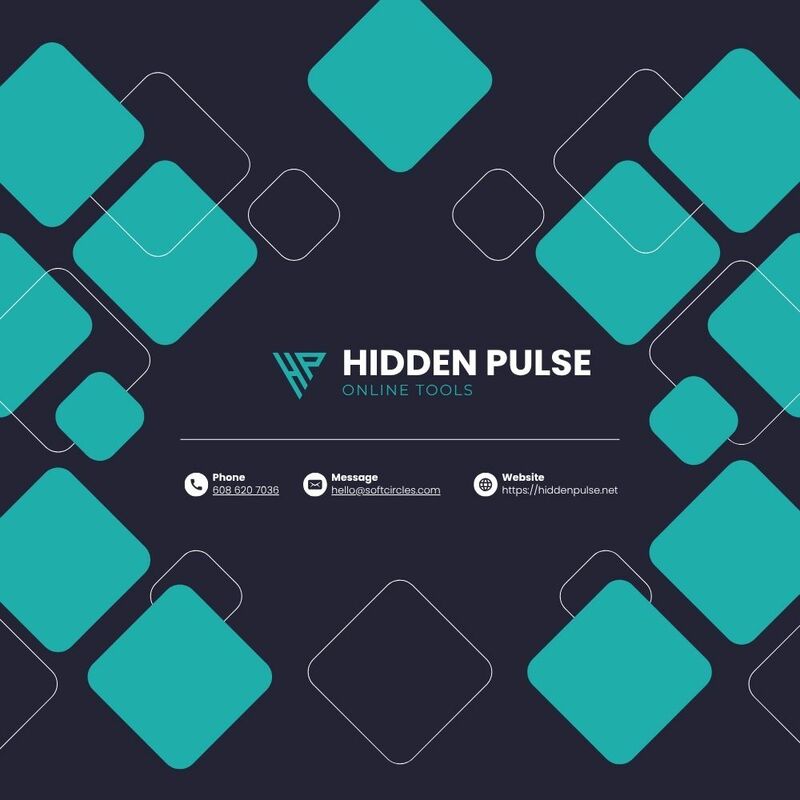Articles
Invisible Characters in 2025: The Secret Tool Everyone’s Using to Hack Text Formatting

Share article
Invisible Characters in 2025: The Secret Tool Everyone’s Using to Hack Text Formatting
Introduction:
In the age of hyper-personalized content and digital trickery, invisible characters have emerged as the quiet powerhouse behind clever formatting hacks, secret messages, and viral trends. From Instagram bios to WhatsApp names and hidden comments on TikTok, these ghost-like Unicode symbols are helping people stand out — or vanish — in plain sight.
Let’s break down what invisible characters are, why they’re blowing up in 2025, and how you can use them creatively right now.
What Are Invisible Characters?
Invisible characters are Unicode symbols that don’t render any visible mark but still occupy space in digital text. Common types include:
Zero-width space (ZWSP)
Zero-width non-joiner (ZWNJ)
Non-breaking space (NBSP)
These sneaky symbols trick software into thinking there’s a character where you see nothing.
Why Are They Trending in 2025?
In 2025, invisible characters are being used more than ever for:Social media formatting hacks: Add blank lines to bios, captions, or comments where platforms don’t allow it.Unique usernames: Create one-letter or “blank” names on platforms like Telegram, TikTok, or Discord.Hidden messages: Send messages that look empty but actually contain hidden data for fun or privacy.Bypass filters: Sometimes, they help dodge spam filters or banned words by splitting them invisibly.
A single invisible character can break formatting in unexpected ways — which creative marketers and pranksters love!
Popular Uses and Viral Trends
1. Blank Instagram Bios and Comments
Many users want clean, minimalist profiles. By pasting an invisible character, they bypass Instagram’s restriction that a bio or comment can’t be completely empty.
2. WhatsApp and Telegram Blank Names
No name, just a profile photo — this small trick stands out in group chats.
3. TikTok Hidden Captions
Creators add hidden “seeds” in captions to confuse the algorithm or add an Easter egg.
4. Secret Watermarks
Some brands hide unique invisible Unicode in text to track plagiarism or reposts.
How to Get an Invisible Character
Good news: you don’t need to memorize Unicode codes. Just copy one from an invisible character generator or tool. Popular ones is:
Simply click Copy, then paste wherever you need it.
Caution: When Not to Use Them
🚫 Overusing invisible characters can confuse assistive tech like screen readers — not good for accessibility.
🚫 Some platforms ban blank usernames to prevent impersonation and spam.
🚫 Spammy uses can get your post shadowbanned.
So, use invisible characters smartly, not to break the internet (or the rules).
How to Make Your Own Invisible Character
Want to get geeky?
Here’s a simple zero-width space: ​
Or use it in HTML: <span>​</span>
Copy-paste or code — it’s up to you.
Conclusion
Invisible characters prove that sometimes the most powerful tool is the one you can’t see. In 2025, they’re no longer just a niche trick — they’re part of the everyday toolkit for creators, influencers, and digital ninjas.
Ready to try them?
Drop a hidden comment, craft a blank bio, or prank your friends — just don’t forget they’re invisible!
Do you use invisible characters for a cool hack?
Share your trick in the comments below! 👻✨
Advertisement

